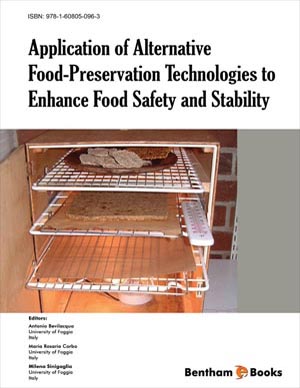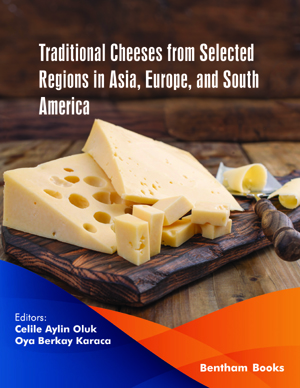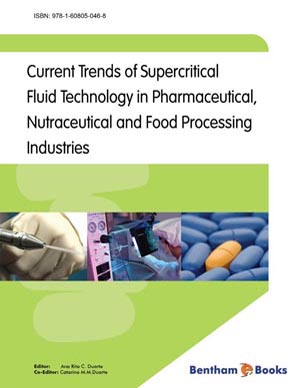Abstract
At present, discards from the world’s fisheries exceed 20 million tons. Traditionally, fisheries wastes are used in the production of fertilizers, fish silage or pet foods; nowadays with advances in bioprocess engineering technologies and novel enzymatic and microbial hydrolysis methods, processing wastes may serve as cheap raw materials for the generation of high-value bioactive compounds and novel environmental and ecological material derived from marine wastes. In particular, shellfish waste is the main source of biomass for chitin (and its derivatives) production. In this contest chitosan, thanks to its versatility, has found numerous applications as antimicrobial agents, antioxidants, additives, enzyme immobilization and use in the encapsulation of nutraceuticals. In addition, chitosan possesses a film-forming properties for use as edible films or coating. Several researchers studied chitosan, its chemical and physical characteristics and its applications. This chapter is an attempt to summarize these works focused on the following questions: what is chitosan? How does it act against microorganisms and what is its impact on food properties?
Keywords: What is chitosan, How it acts against microorganisms to enhance shelf life of foods, What is its impact on food properties.



















